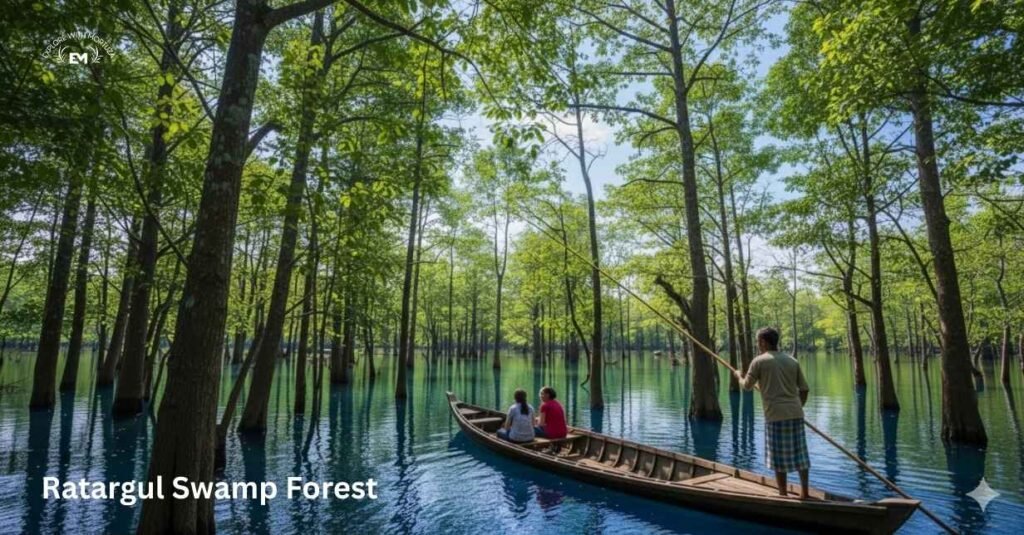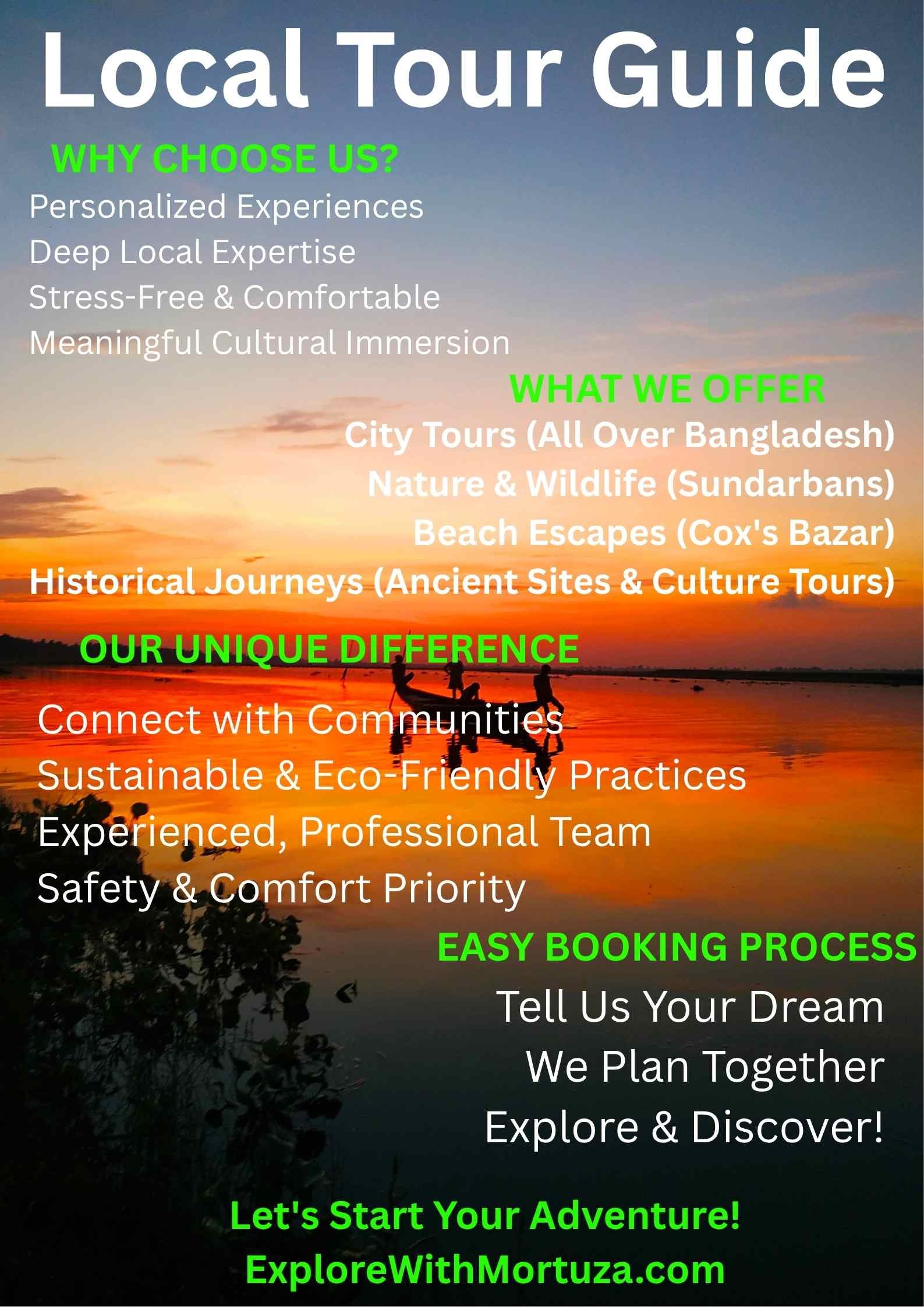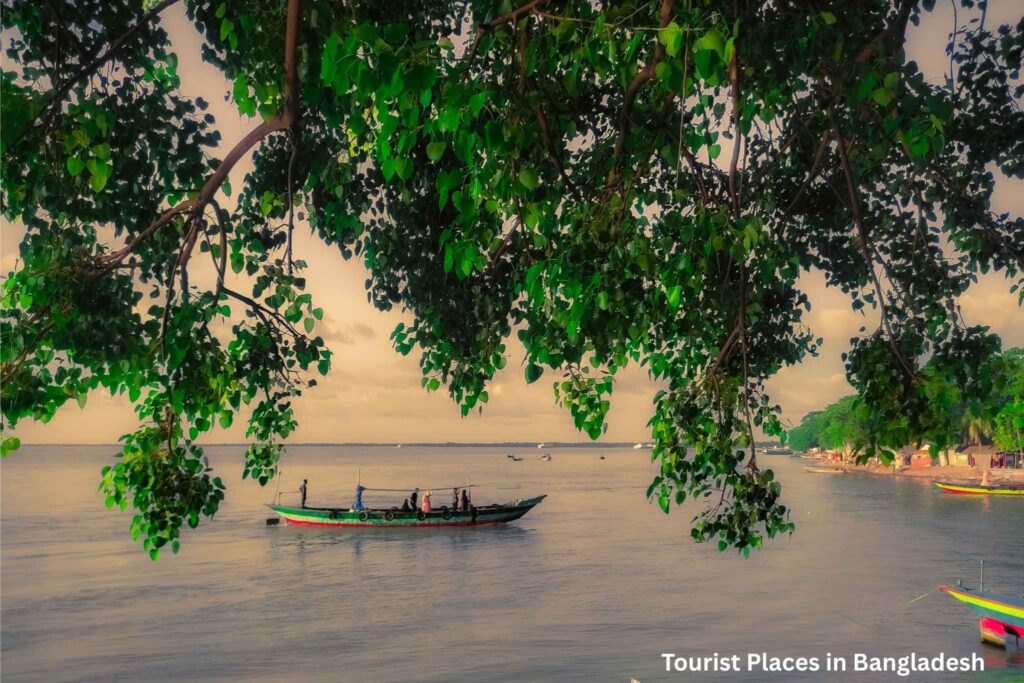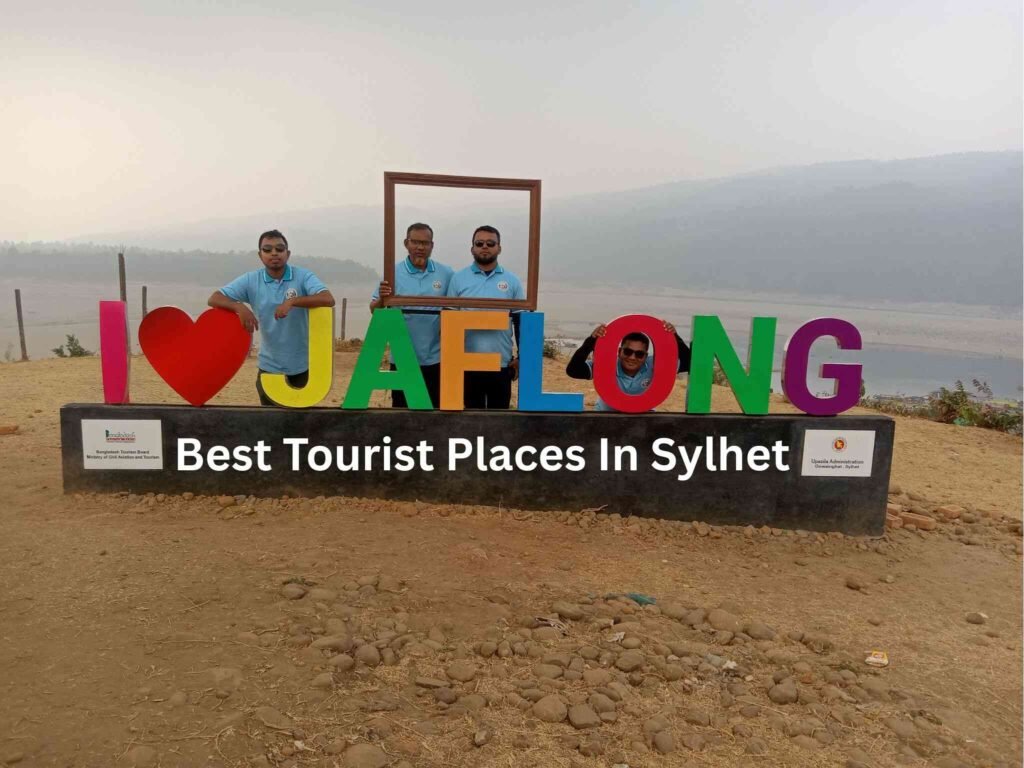Ratargul Swamp Forest: A Majestic Nature Wonderland
Nestled in the heart of Bangladesh, the Ratargul Swamp Forest offers an enchanting escape into nature’s untouched beauty, a place often overlooked by mainstream tourism. Imagine gliding on a small boat through a forest half-submerged in clear, cool water, with green trees forming a magical canopy above you. This is one of the world’s rare freshwater swamp forests, a true hidden gem situated in the Sylhet region.
My journey there was a profound experience, and I’m sharing about a hundred percent of that adventure with you here. In this guide, you will discover the stunning beauty and rich biodiversity of this unique location. Moreover, I will show you exactly how to visit and explain why the Ratargul Swamp Forest truly deserves recognition as a world-class natural wonder.
What is Ratargul Swamp Forest?
Location and Size
The Ratargul Swamp Forest is situated in Gowainghat Upazila, Sylhet, Bangladesh. It is situated near the Goain River and is connected to the Chengir Khal canal. The entire forest covers a large area, although the core swamp portion is where the true magic lies.
Type of Ecosystem
This place is special because it’s a freshwater swamp forest. Unlike the saltwater mangroves of the Sundarbans, the trees here are adapted to being submerged in fresh water for several months each year. This rare ecosystem supports a unique collection of plants and animals.
History and Discovery
For years, Ratargul Swamp Forest was known mostly to locals. The Forest Department of Bangladesh later recognized its importance and took it under its protection. It has since gained fame among nature lovers and travelers looking for a different kind of adventure, a testament to its pristine natural appeal.
Why You Should Visit Ratargul Swamp Forest
You should visit Ratargul Swamp Forest for an experience you cannot find anywhere else in the country. It is a place of incredible peace. The feeling of boating through the silent, submerged trees is calming and almost otherworldly. It offers a direct connection with nature that is both refreshing and memorable.
Where is Ratargul Swamp Forest?
The Ratargul Swamp Forest is in the northeastern part of Bangladesh. It is located in the Gowainghat area of Sylhet Division, about 26 kilometers from Sylhet city. Its location makes it an accessible day trip for anyone visiting the region.
Natural Beauty of Ratargul Swamp Forest
The Forest’s Landscape
The landscape here is truly stunning. Thick collections of Koroch and Hijal trees stand tall in the water. Their branches twist and turn, creating a dense green roof over the water channels. For a photographer, every turn of the boat reveals a new, perfect shot. The way sunlight filters through the leaves and reflects on the water creates a scene of pure serenity.
The Swamp’s Unique Features
During the rainy season, the entire Ratargul Swamp Forest goes underwater. This submersion creates a mystical world. Boating through it feels like you are floating through a green maze. The water is often so clear that you can see the tree trunks disappearing into the depths below, a truly unique visual.
Best Time to Visit Ratargul
The most scenic time to visit the Ratargul Swamp Forest is during the monsoon (June to September). This is when the water level is highest, and the whole forest is alive and vibrant. Winter (December to February) offers a different kind of beauty, with lower water levels and more opportunities for bird watching.
Biodiversity in Ratargul Swamp Forest
Flora: The plant life is specially adapted to this wet environment. The dominant trees are Koroch (Pongamia pinnata) and Hijal (Barringtonia acutangula). You can also find various aquatic plants and vines that add to the forest’s dense feel.
Fauna: This forest is a wildlife sanctuary. It is home to various species of birds, snakes, monkeys, and fish. On a quiet day, you might see a monkey swinging through the branches or a snake slithering on a log. It’s also a haven for amphibians and insects that are vital to the ecosystem.
Ecological Importance: The Ratargul Swamp Forest plays a critical role in the local environment. It acts as a natural water purifier, protects the surrounding areas from floods, and supports a great deal of wildlife. Its health is directly linked to the health of the entire region.
How to Reach Ratargul Swamp Forest
Starting Point (Sylhet)
To begin your journey, you first need to get to Sylhet city. From Dhaka, you can take a bus, train, or private car. The journey by road takes about 6-7 hours.
Local Transport Options
Once in Sylhet, you need to travel to Goainhat. From there, you can hire a CNG auto-rickshaw or a local vehicle to get to the boat dock for the Ratargul Swamp Forest. Local boatmen will then take you on a tour through the watery woods. Hiring a guide is a good idea as they know the safest and most beautiful routes.
Travel Tips
I suggest you start your trip early in the morning from Sylhet to avoid crowds. Pack light, but carry essentials. Wear comfortable clothes and shoes that you don’t mind getting wet. Good communication with your boatman will make your trip much better.
Where to Stay in Ratargul
There are no hotels inside the Ratargul Swamp Forest itself, which helps preserve its natural state. Most visitors stay in Sylhet city, where you can find a wide range of hotels and guesthouses for every budget. Some small, local guesthouses are available closer to Goainhat for a more rustic experience.
Activities to Do in Ratargul Swamp Forest
Boat Tours
The main activity is, without a doubt, the boat tour. You will be in a small, traditional wooden boat, expertly navigated by a local boatman. This allows for a silent, close-up view of the submerged trees and wildlife. This is the heart of the Ratargul Swamp Forest experience.
Photography
This place is a dream for photographers. The reflections in the water, the rich green colors, and the unique play of light offer endless opportunities for amazing pictures. The best shots are often found in the early morning or late afternoon.
Bird Watching
For bird lovers, this forest is a special treat. You can spot herons, egrets, kingfishers, and many other bird species. Bring a pair of binoculars and a good camera to capture them. The quiet mornings are the best time for spotting birds.
Trekking and Hiking
During the dry season, when the water recedes, some parts of the forest become accessible on foot. This offers a different perspective of the forest floor and its unique tree root systems.
Cultural Significance and Local Communities
Local Culture
The communities living around the Ratargul Swamp Forest have a life that is deeply connected to the forest and the river. Many are involved in fishing and agriculture. Their simple way of life and dependence on nature are part of the area’s charm.
Role in Local Economy
Tourism has brought new opportunities. Many locals now work as boatmen and guides, which supports their families. When you visit and hire local services, you directly help the community.
Conservation Efforts
Some local communities are actively involved in protecting the forest. They understand its value better than anyone and work to keep it clean and safe for future generations.
Conservation and Environmental Challenges
Threats to the Ecosystem
The Ratargul Swamp Forest faces threats from increased tourism pressure, pollution from plastic waste, and changes in water flow. Deforestation in the surrounding areas can also affect the delicate balance of this ecosystem.
Efforts for Preservation
The Bangladesh Forest Department has taken steps to protect the area. They have declared it a Special Biodiversity Conservation Area. Non-governmental organizations are also working with local communities to promote sustainable tourism.
How Tourists Can Help
As a visitor, you can make a big difference. Practice responsible tourism: do not leave any trash behind, use local guides, and do not disturb the wildlife. Supporting local businesses also helps give the community a greater incentive to protect its natural heritage.
Ratargul Swamp Forest vs. Other Famous Wetlands
Comparison with Other Wetlands
While the Sundarbans is a massive saltwater mangrove forest and the Amazon is a vast rainforest, the Ratargul Swamp Forest offers something distinct. Its identity as a freshwater swamp forest is rare. It provides a more intimate and serene experience. The scale is smaller, making it feel like a secret garden waiting to be found.
Why Ratargul Should Be On Your Bucket List
If you are a nature lover, this place must be on your list. Its untouched beauty offers a kind of peace that is hard to find in today’s busy world. The Ratargul Swamp Forest is a reminder of nature’s simple, powerful elegance.
Tips for Visiting Ratargul Swamp Forest
What to Bring
Make sure to pack sunscreen, a hat, and insect repellent. Bring a waterproof bag for your camera and phone. Carry some drinking water and light snacks. A power bank for your devices is also a good idea.
Safety Tips
Always listen to your boatman and guide. Wear a life jacket if you are not a confident swimmer. Avoid touching any plants or animals, as some could be harmful.
Best Time of Year to Visit
For the full swamp experience with high water, visit between June and September. For clearer water and pleasant weather, plan your trip from October to February.
Local Tour Guide for Ratargul Swamp Forest
Hiring a local guide is highly recommended. They not only ensure your safety but also enrich your experience by sharing stories and pointing out wildlife you might otherwise miss. As I found on my trip with Explore With Mortuza, a good guide makes all the difference.
Final Thoughts About Ratargul Swamp Forest
In summary, the Ratargul Swamp Forest is a natural treasure of Bangladesh, offering a unique adventure through its submerged world. From its stunning green canopy and diverse wildlife to the peaceful boat rides, it is a destination that touches your soul. I urge you to plan a visit to this incredible place. When you go, travel responsibly and support the local communities working hard to preserve this magical forest for everyone to enjoy. Your visit helps protect one of the world’s rare freshwater swamp forests.



